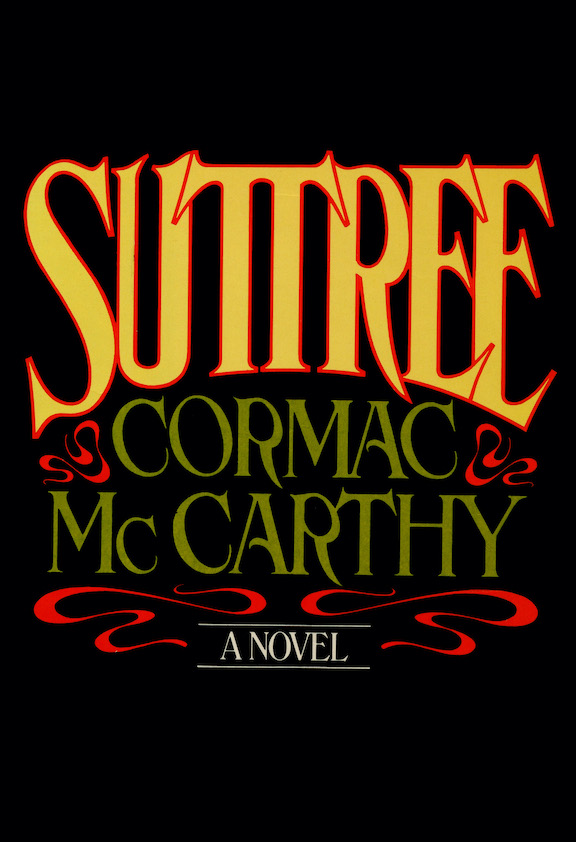Book Excerpt: Clay Risen’s American Whiskey, Bourbon & Rye
Picking out the notes in a good sipping whiskey can take a little practice
There’s whiskey drinking, and there’s whiskey tasting. You don’t always have the inclination or attention span to focus on the nose and mouthfeel and finish; sometimes you just want something that tastes good. But other times, especially when you’re encountering a new whiskey, you’ll want to approach it with a bit more thought.
There are basically four things you’re looking for when it comes to tasting: how it smells, how it feels in your mouth, how it tastes, and how it lingers, if at all, after you’ve swallowed it. A good whiskey will be pleasant from start to finish; a great whiskey will be complex and at times challenging, but always rewarding. In fact, you might find that the whiskey you consider the most complex and well crafted is not necessarily your favorite: an art lover can recognize Picasso’s genius even if, personally, he’s partial to Rockwell.
The first thing you need is to procure the right glass. If you’re out at a bar, this may not be possible, though a good bar will always have the right equipment, even if you have to ask. The important point is to get something with a wide bowl relative to the mouth: a brandy snifter is great, and a red-wine glass will do in a pinch. There are dozens of whiskey-specific designs on the market, though the dominant one, and my personal choice, is the Glencairn glass. It has a squat stem but a relatively tall bowl and narrow mouth, which allows a lot of aromas to build up within the glass. It’s also the perfect size for assessing a whiskey’s color, allowing just enough light to push through the liquid without washing it out.
The first thing to do is give the whiskey a good swirl, to release aromas into the glass. Then pass the mouth of the glass under your nose, just briefly. Never stick your nose right in the glass, at least on the first pass. Even a relatively low-proof whiskey can give off heady amounts of alcohol that will singe the nostrils and prevent you from appreciating the finer points of the aroma. Once you’ve assessed the aromatic potency, take deeper whiffs. While doing so, sort out your first impressions. What are the dominant general notes—floral, fruit, chocolate? Then dig deeper. What kind of floral? Is it more earthy, like geraniums, or sweet, like lilacs? Do the fruit aromas lean toward citrus, or berries?
Then add a few drops of water, which helps to “wake up” some of the flavors trapped inside the whiskey. Take another whiff, to see how the whiskey is developing, especially after the water. Are new aromas coming out? Or does it smell weaker, like the water is breaking down the nose?
Finally, it’s time for a taste. A lot happens quickly as the whiskey plays across the tongue. You’re looking at a three-step sensation: what it tastes and feels like right as it enters your mouth, how it changes as it sits on your tongue, and what it’s like as you’re swallowing it. Try to pick out the most notable flavors and dissect them. If there’s spice, is it more cinnamon, like an Atomic Fireball, or smoky, like a chili pepper? Or is it more like black or white pepper? Is there a wine-like flavor, and if so is it buttery, like a chardonnay, or dark and chewy, like a Burgundy? At the same time, think about how the whiskey feels in your mouth: is it thin and oily, or thick? Give this some thought, since it’s important to keep the senses apart—how a whiskey feels can bias what you think of its taste, and vice versa.
Make sure the whiskey washes over your entire tongue—but don’t slosh it. Let it take its time. By now you’ll be well aware that whiskey is a volatile substance, given to change at the slightest altera¬tion in its surroundings. So it shouldn’t be surprising when it changes rapidly as soon as it enters the wet warmth of your mouth.
After a few seconds, let it slide down your throat. Here you’ll find a whole new set of sensations. Does it burn, and in what way? Does the spice linger? Like wine, whiskey can be extremely dry, leaving little behind, or it can stay with you, leaving all sorts of residual sweet and spicy notes; sometimes there’s even a sour tone.
In the same way that there’s no one way to enjoy whiskey, there’s no set list of tasting notes—everyone’s body chemistry is slightly different, and it will have a lot of influence over what they taste in the whiskey. So if the fellow next to you finds cherry cola notes and you don’t, it doesn’t mean your taste buds are deficient. That said, learning to discern the flavors in a whiskey is an acquired skill; and like any skill, some pick it up quickly, while others need practice. But almost everyone can develop a knowl¬edgeable palate with enough experience.
[To read an interview with Clay Risen about American Whiskey, Bourbon & Rye, please click here.]
Reprinted with permission from American Whiskey, Bourbon & Rye © 2013 by Clay Risen and Scott & Nix, Inc., Sterling Epicure, an imprint of Sterling Publishing Co., Inc. Risen will launch the book at a whiskey tasting event at Barista Parlor in East Nashville October 25, 2013, at 7 p.m. All proceeds benefit Humanities Tennessee. Tickets are $35 and include a copy of the book as well as admission to the event.


